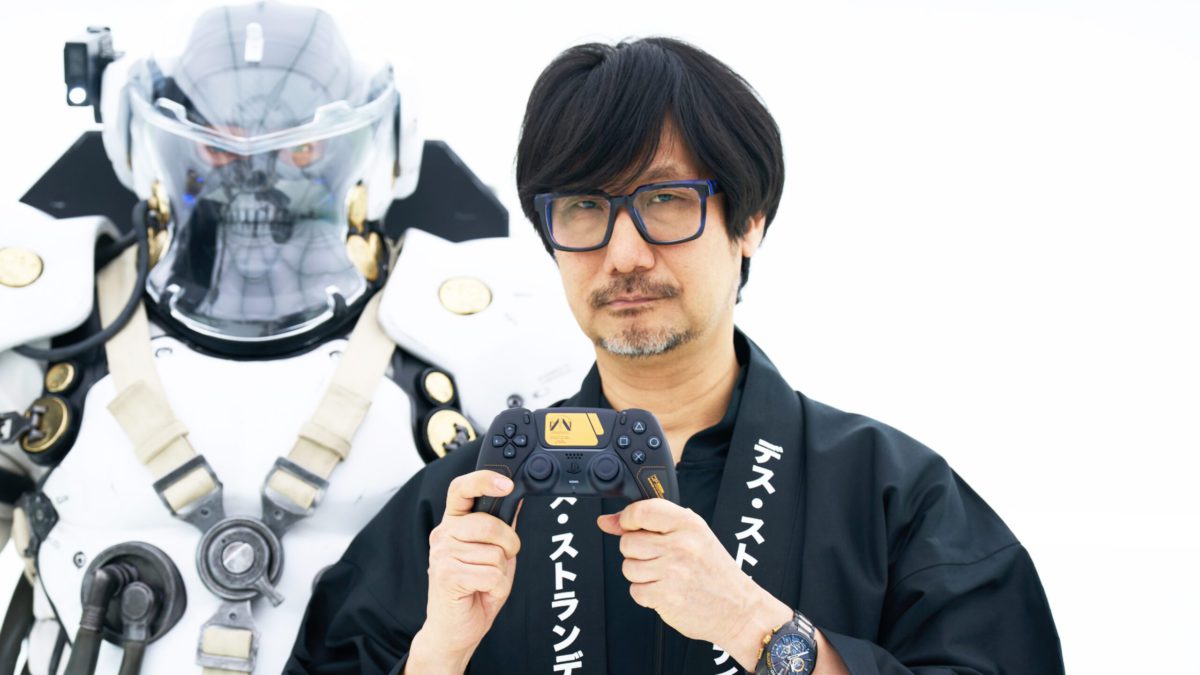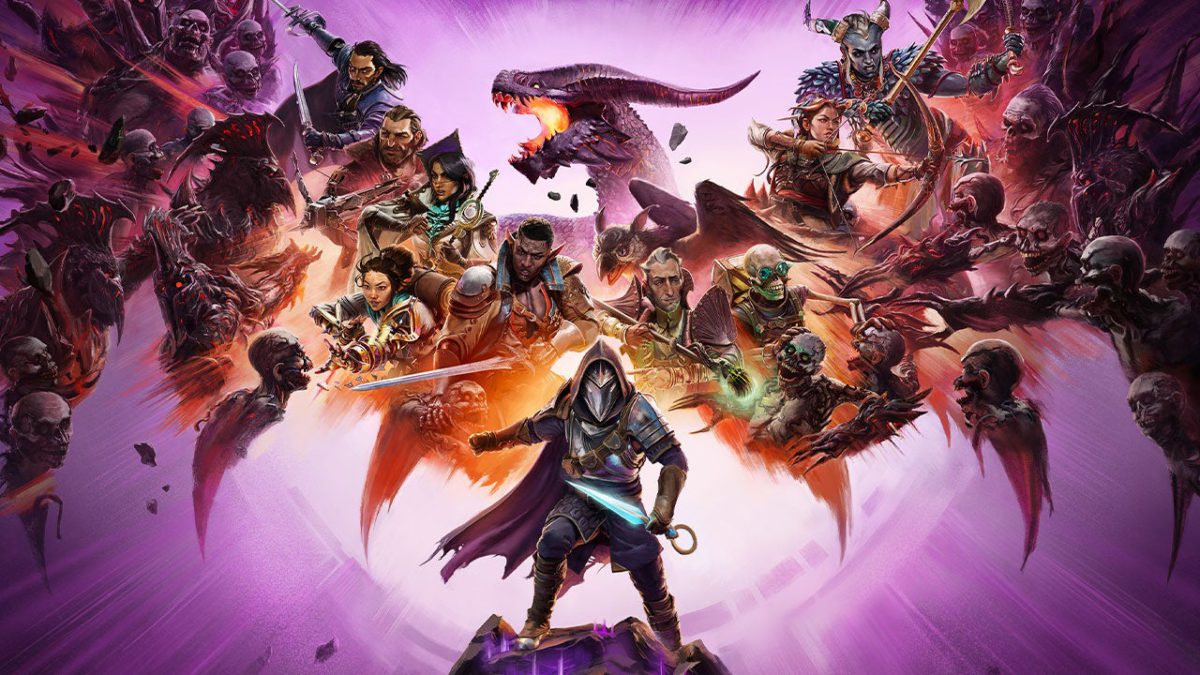Sharpen your stake and pack some silver bullets because Humble Choice just dropped a May lineup packed with blood, brains, and pure gaming mayhem. For just $11.99 / £8.99 a month, you’re getting eight standout games plus a bonus month of IGN Plus thrown in at no extra cost. That’s over $280 in value, all for the price of a decent lunch.
Author: Game Infliction
Nintendo Reconfirms Release Windows For Major Switch 2 Games
And original Switch, of course.
Nintendo has released its end-of-year financial update and, as per the norm, it has reconfimed release dates/windows for its major upcoming titles.
It’s a little bit different this time, of course, since we’re now also factoring in Nintendo Switch 2, so the schedule is undoubtedly looking a bit more stacked than we’ve been used to the last year or so. Headliners include Mario Kart World and Donkey Kong Bananza, with Switch 2 leveraging third-party support with the likes of Cyberpunk 2077: Ultimate Edition, Street Fighter 6, Yakuza 0: Director’s Cut, and more.
Read the full article on nintendolife.com
(For Southeast Asia) Revealing the DualSense wireless controller – Death Stranding 2: On the Beach Limited Edition
Keep the supplies moving with the latest piece of hardware for Porters heading out on a new journey – we’re excited to reveal the new DualSense wireless controller – Death Stranding 2: On the Beach Limited Edition.
We worked closely with Kojima Productions on the controller design, customized with the insignia and motto of Drawbridge in vibrant orange.
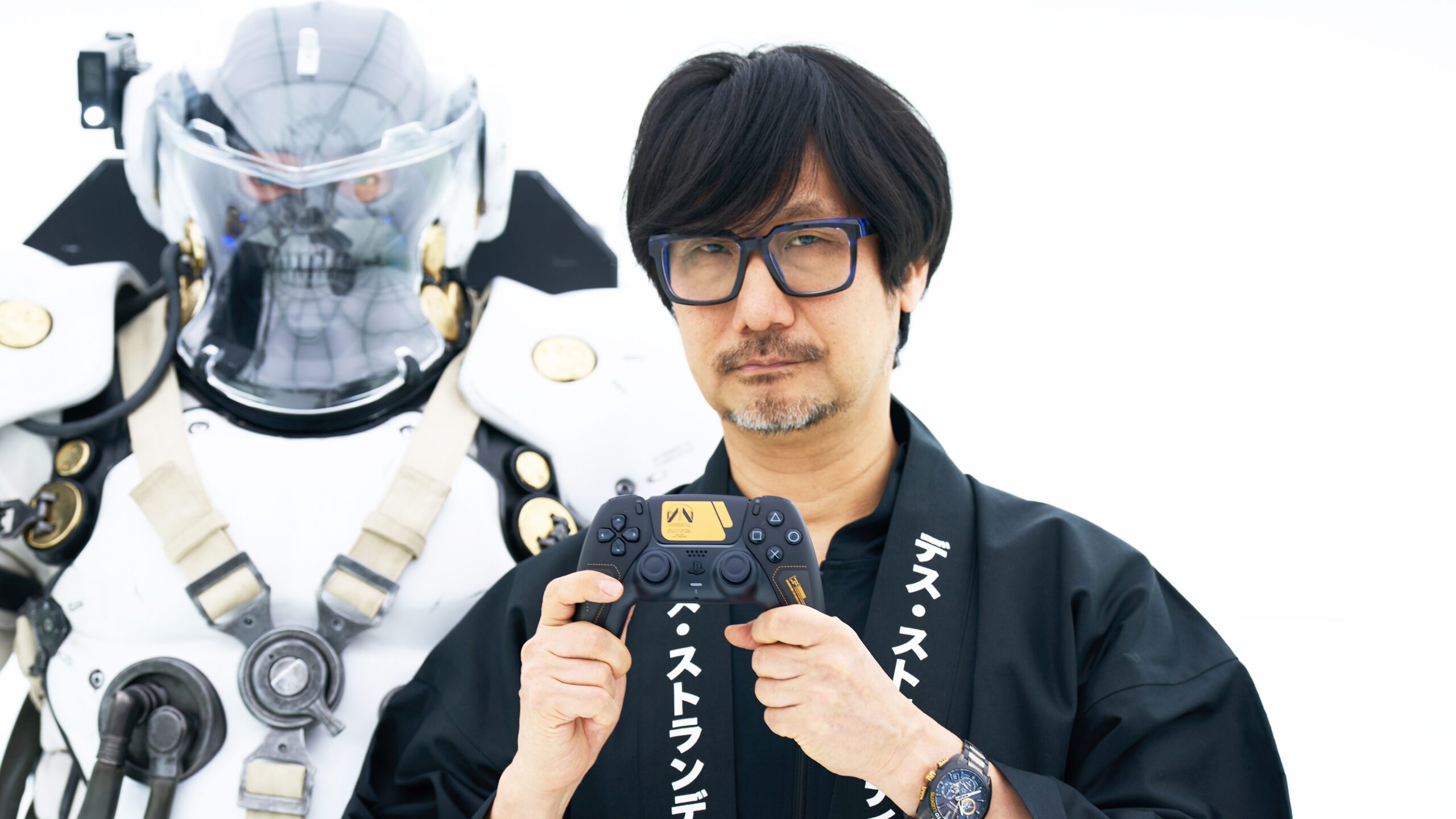
Caption: “A photo of Hideo Kojima introducing the controller at a recent event for Death Stranding 2: On the Beach.”
The DualSense wireless controller – Death Stranding 2: On the Beach Limited Edition will be available in limited quantities for a recommended retail price of SGD 119 / MYR 419 / IDR 1,549,000 / THB 2,890 / PHP 4,890 / VND 2,399,000. Pre-orders start on May 22, 2025 at 10am local time at participating retailers.
The new controller launches on June 26, 2025 on PS5 alongside Death Stranding 2: On the Beach, where players can join Sam and his companions on a mission to save humanity from extinction. Pre-order the Collector’s Edition or Digital Deluxe Edition for Early Access from June 24, 2025 – learn more about Death Stranding 2: On the Beach and check out the latest trailer.

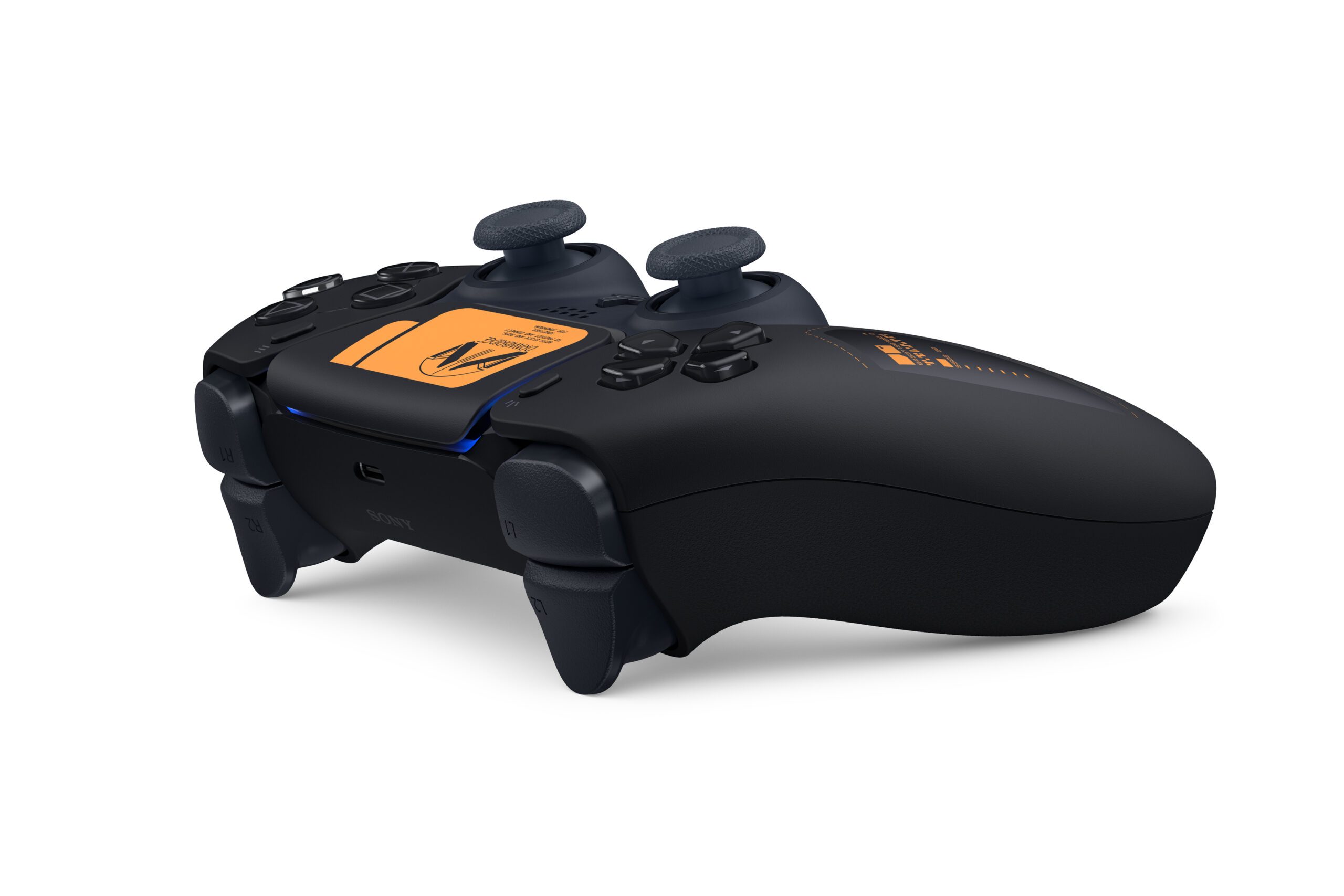
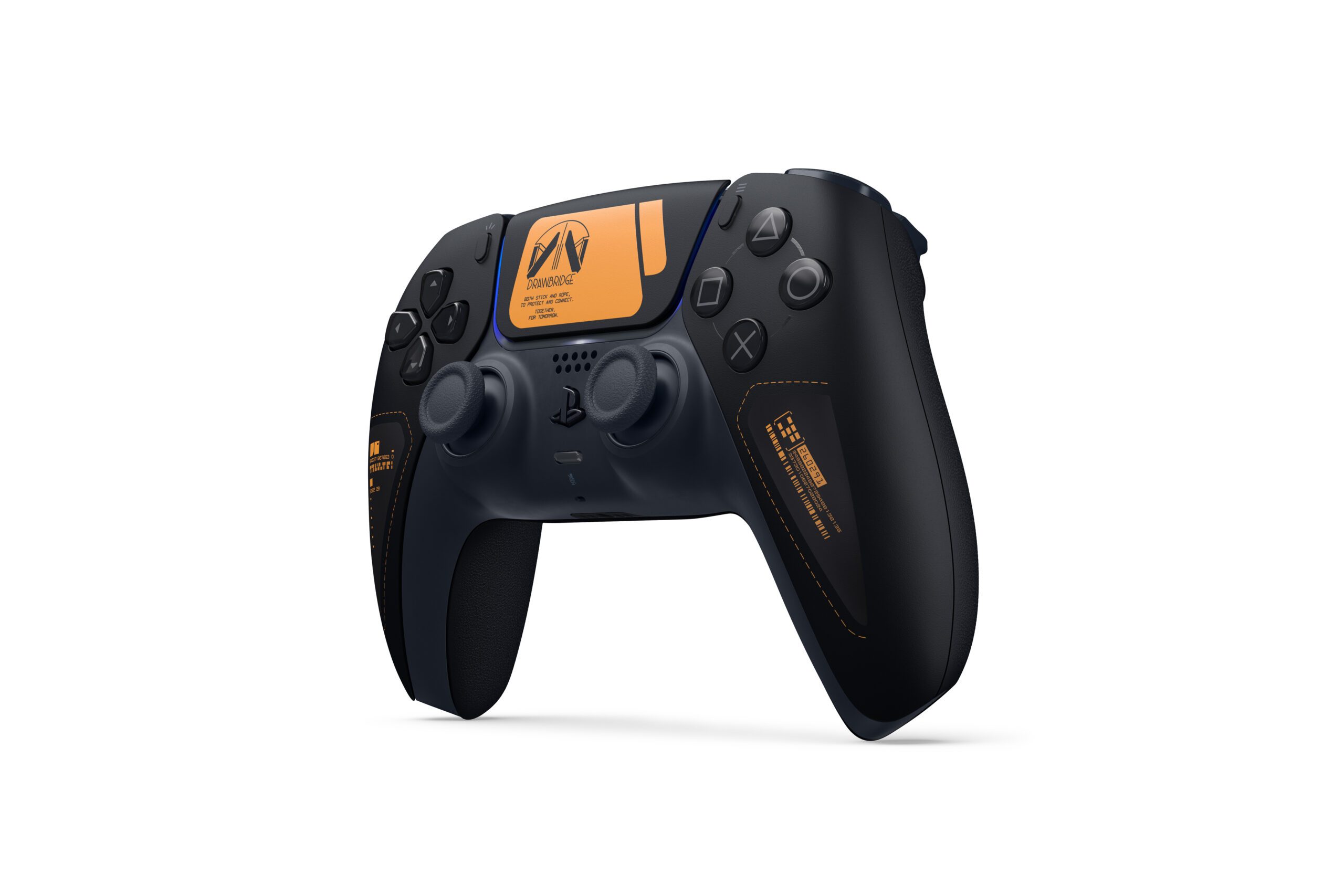
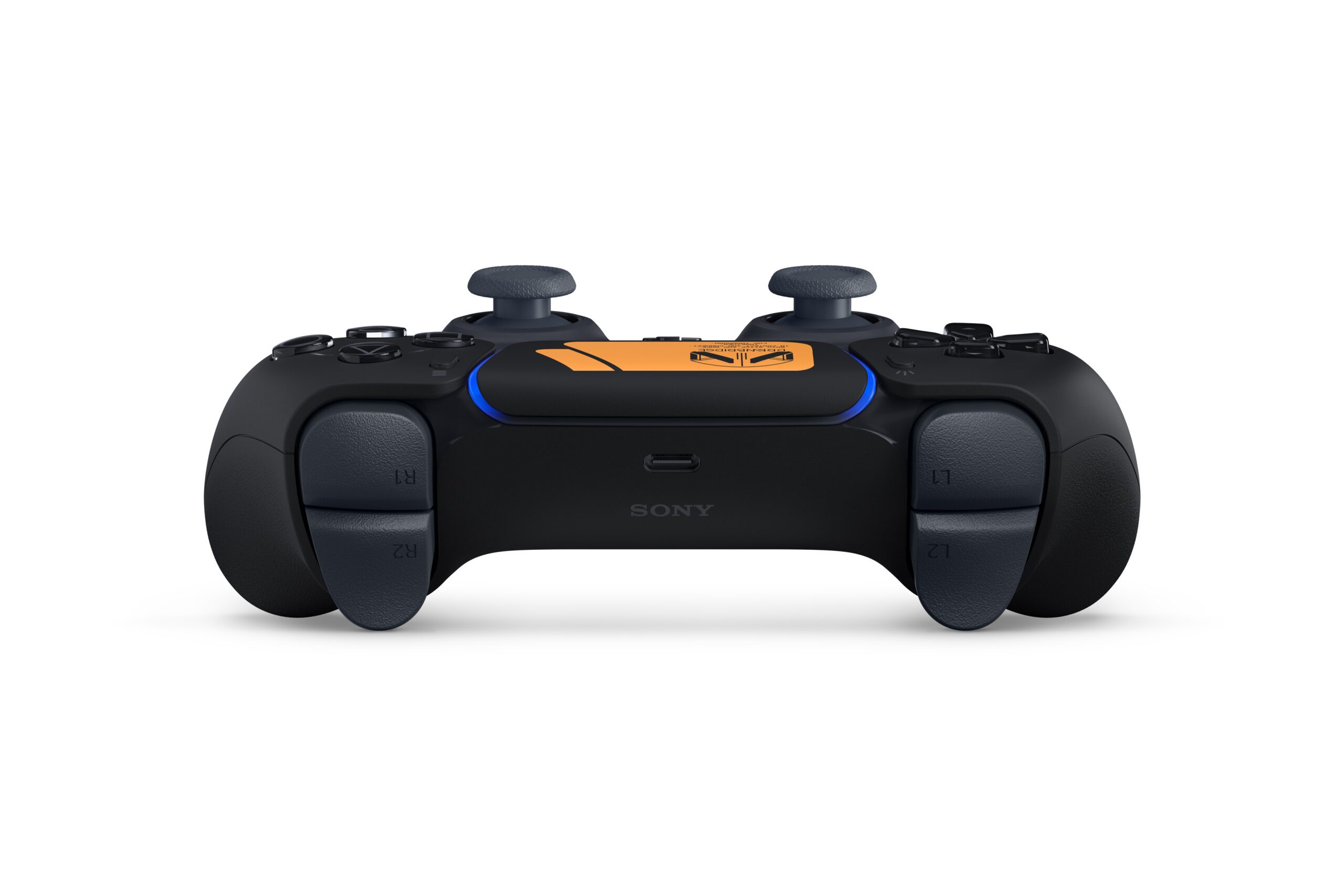

We Played 30 Hours of Death Stranding 2: On the Beach!

2019’s Death Stranding transcended the framework of ordinary video games by metaphorically depicting cosmology and even anthropology through the act of delivery.
It was a game that challenged the idea of human connection through refreshing gameplay mechanics that fundamentally reexamined the very act of movement. To me, Death Stranding was an undeniable masterpiece that delivered a viscous flow of concepts. Now that I’ve played its sequel for more than 30 hours at a special press event at Kojima Productions’ Tokyo office, I am starting to realize that it may have been only the beginning.
Death Stranding 2: On the Beach can be seen as an attempt to take the premises of the first game to the next level. While taking the player on a journey across the border of the UCA (United Cities of America), its symbolic depiction of connection feels more dynamic yet less certain than its predecessor. What questions will the new journey of legendary deliverer Sam Porter Bridges bring, and how will they be answered?
While it was explicitly stated that what I played was not the final version of the game, the playable portions demonstrated a density and completeness you would expect from a final product. Fundamental elements such as movement, dialogue, and presentation are highly integrated, and the intention to expand upon the experience that the first game delivered was evident throughout.
A new beginning in a new land
In the first game, Sam reconstructed connections between people while uncovering the truth behind Death Stranding, a mysterious phenomenon that caused disconnection between cities. Through Sam’s journey of delivering supplies, players experienced movement in a way video games had not offered before, while the story gradually unfolded its views on life, death, and cosmological visions.
The setting of Death Stranding 2 moves from the rebuilt UCA to the Mexican border region. Bridges, the organization that previously handled delivery operations, has withdrawn from delivery, and instead, an automated delivery system called APAS is now operating with unmanned vehicles.
Sam was living quietly with his daughter Lou in a remote area of Mexico, but at the request of Fragile, another returning character, he takes on delivery missions again in this region where the communication infrastructure is undeveloped. A new journey quietly begins to reconnect the Chiral Network, a communication network similar to the internet.
The photorealistic graphics that meticulously depict Mexico’s desolate land are nothing short of impressive. From the texture of the dried surface to faintly rippling sand dust and rocky mountains in the distance, Death Stranding 2’s visuals drew me in right away. Photorealistic modeling and subtle facial expressions of characters have also largely improved from the first game, and the art style creates an aesthetic that transcends mere realism, forming a powerful foundation supporting its surrealistic worldview and story.
The part that plays in Mexico functions more or less like a tutorial, not just in terms of gameplay, but also story and settings. While the first one overwhelmed players with numerous terms and settings in its early hours, Death Stranding 2 is conscious of being accessible even without prior knowledge. The sequel also offers a recap mode in novel style narrated by Deadman.
The original Death Stranding left a strong impression by overwhelming players with a vast amount of information from the beginning. By doing so, it undeniably confused more casual players not used to such a convoluted story. In contrast, Death Stranding 2 introduces a glossary function called Corpus, showing careful consideration for players who have not played the first game or those who did but found it too complicated.
An evolution of the delivery system
I feel that the game design of Hideo Kojima’s works often comes in three layers. For example, the Metal Gear series’ gameplay consists of infiltration, danger, and stealth while its movement can be divided into walking, crouching, and crawling.
The same philosophy can also be seen in Death Stranding. For example, your scanning device Odradek visualizes terrain danger levels in three different colors. Death Stranding 2 follows the same rules.
Just like in the original, the player once again has to manage cargo weight and balance while traversing unstable natural terrain. Footing must be secured on slopes, while the center of gravity must be controlled to avoid being swept away in rapid water streams. The risk of cargo damage is present throughout the process, which makes traversing the world itself a nerve-wrecking task.
Constructions such as ropes and ladders can be used to traverse the world more conveniently. These infrastructures go beyond individual player experiences, as structures installed by other players are shared in the world as the Social Strand System. As you make use of ladders and bridges left by someone else, the solitary exercise of delivery gradually transforms into a more connected and social experience.
In addition to highways, Death Stranding 2 allows the player to construct monorails too, which makes traversing its world a lot smoother. Highways and monorails require a lot of materials, forcing the player to utilize the mines to gather materials. As a result, establishing trade routes has become more central to gameplay than it was the first time around.
While traversing the world itself has become more convenient, environments have become more challenging in return. The width of rivers can double due to rainfall, while natural hazards such as earthquakes called “gate quakes” and sandstorms can occur. As a new feature, the time of the day also changes in real time, which causes additional challenges for Sam. These natural elements interfere with player actions in various ways, such as footing collapsing due to flooding and earthquakes, or visibility worsening due to sandstorms and nightfall.
To overcome these conditions, the sequel also boasts more room for customization. The “Porter Grade” indicates Sam’s current proficiency in a more direct way, while a new system called APAS Enhancement allows you to use skill points to enhance stats and obtain new abilities. From weapon power enhancement to weather analysis and footprint erasure, you can choose to have Sam specialize in either delivery, movement or combat skills. That means that while preparing your cargo was pretty much the only thing you could do to get ready for a new delivery in the first game, you can now also prepare by customizing Sam’s abilities according to your preference.
Sam’s skills show that once again, Kojima is utilizing three layers of gameplay in which the player can tackle the game’s missions and obstacles. However, while delivery, movement and combat skills can all be customized, combat plays a greater role in Death Stranding 2.
New enemies and a deeper combat system
Combat, meanwhile, occurs much more frequently and has become more flexible in Death Stranding 2. In the first game, combat was limited and functioned merely as a way to secure supplies or to make your way through bases. Death Stranding Director’s Cut already added infiltration missions into Mule bases, but Death Stranding 2 builds more varied stages and systematized combat in the open world, seemingly as an extension of that.
New human enemy forces such as Bandits and Armed Survivalists appear, and their bases are designed as stages with simple three-dimensional structures. When infiltrating these bases, players are often forced to engage in combat.
BTs, or creatures that appeared due to the Death Stranding phenomenon, also have new types. Larger BTs with stronger attacks make the combat more challenging than it was last time.
Combat has become more tactical as well. By throwing a speaking doll called Dollman, you can observe the insides of bases from above to grasp enemy placement and movement lines. While close combat remains important, remote stealth attacks with the Blood Boomerang, precision shooting with sniper rifles, and utilizing assault rifles and grenade launchers give the player a multitude of new options.
It’s even possible to put down Sam’s backpack, allowing for more agile and nimble movement by completely separating him from his cargo. Weight management directly connects to mobility, which greatly enhances tactical flexibility.
Whether to engage in direct combat, choose stealth or avoid combat altogether, freedom of approach has increased when compared to the first game. The APAS Enhancement even allows you to refund skill points, welcoming trial and error to find the playstyle that suits you best.
Death Stranding 2 has four difficulty settings – Story, Casual, Normal (which I played), and Brutal – providing flexibility in how much you want to invest in the game’s expanded combat as well.
Did the trailers say too much?
As partially revealed in trailers, after a series of dramatic events, Sam will cooperate with Drawbridge, a civilian company established by Fragile.
The setting moves from Mexico to Australia, and a journey to spread the Chiral network begins once again. A mobile base called DHV Magellan (Deep-Tar Hunting Vessel), named after the explorer Ferdinand Magellan who travelled around the world, functions as a hub for the player.
As the name DHV Magellan suggests, the story steps into themes reminiscent of colonial domination. Furthermore, the rise of a private political organization called APAC (Automated Public Assistance Company) shows similarities with the PMC (Private Military Company) depicted in Metal Gear Solid 4. Since I haven’t witnessed the story to its conclusion, it is too early to speculate on how these motifs will come to fruition in the full game.
In Death Stranding, people were isolated and only porters traversed the dangerous outside world, which has been noted by many as a portrayal that seemed to foresee the Covid-19 pandemic. In Death Stranding 2, the APAC seems to resonate with recent movements of America’s DOGE (Department of Government Efficiency). With such eerie points of convergence with reality, I can’t help but feel that there is a significance worth noting in contemporary times regarding how connections will be redefined in Death Stranding 2.
Of particular note is the presence of actor Luca Marinelli, who plays a mysterious man. Both Marinelli’s acting ability and the presentation of scenes he appears in leave a strong impression. The mystery of who this man is and why he stands in Sam’s way will have players speculating for sure. Marinelli and his character are just as captivating as Mads Mikkelsen’s Cliff was in the first game.
One concern I had during my 30 hours with the campaign was that I realized that the trailers contain content that delves quite deeply into the main story, to the extent that a lot of what happened throughout the game I was already somewhat aware of.
Could it be that too much has been given away in the trailers? Or is there a big surprise awaiting players when Death Stranding 2’s full picture is revealed? We can only eagerly await the game’s June 26 release.
SNK Announces ACA NEOGEO Selection Vol. 5 And Vol. 6 For Switch
Launching in Japan this August.
SNK has announced another two ACA NEOGEO collections. ACA NEOGEO Selection Vol. 5 and ACA NEGO Selection Vol. 2 will be coming to the Nintendo Switch on 7th August 2025 in Japan. There’s no mention of a local release.
Read the full article on nintendolife.com
Former Rockstar Dev Throws Shade At Mario Kart World, Says New GTA Will Be Worth The Price
“You think Mario Kart competes with a game like this”.
Rockstar Games blew up the internet this week with the second official trailer for Grand Theft Auto VI and it’s led to all sorts of discussion about the current state of the industry including the future pricing of games (yes, it’s come up again).
Former Rockstar animator Mike York, who previously worked on Grand Theft Auto 5 and Red Dead Redemption 2, has now chimed in with comments about how the “detail” and amount of “realism” in the new GTA will justify its price point while throwing shade at the new Mario Kart World game and its pricing – suggesting Nintendo’s game simply can’t compete:
Read the full article on nintendolife.com
Former BioWare Lead Says Dragon Age: The Veilguard Team was ‘Jerked Around’ Due to EA’s Disinterest in the Franchise

Former Dragon Age series executive producer Mark Darrah says he doesn’t feel EA and BioWare efficiently supported his team during the early development of Dragon Age: The Veilguard.
The ex-BioWare developer shed light on his time working on the legendary fantasy RPG franchise during a recent video uploaded to his YouTube channel. His story recounts events that transpired throughout 2017 or, according to Darrah, “the most impactful 12 months in BioWare’s history.” He touches on not only decisions that affected the early development of last year’s Dragon Age game but how a change in attitude was tied to the final days of development on Mass Effect: Andromeda.
It starts in late 2016, when Darrah was moved over to the team that would handle the last stages of development on Andromeda. He says his “feeling at the time” was that the Dragon Age team felt “jerked around” and had “no support from BioWare or EA.” The hope was that Darrah could aid in getting Mass Effect out the door so the next Dragon Age could utilize more resources, though this ultimately didn’t quite pan out.
“This was the first time where we had this leadership discontinuity, where the person in charge of a project left that project to help someone else, some other project, while the project continued to run,” Darrah explained. “In the cast of Mass Effect: Andromeda, I don’t think the impact to Dragon Age was huge. It wasn’t very long, but it did set this precedent as this being a thing that we could do, and it’s not a good thing to do. It is incredibly dangerous to have a project run while it’s missing some of its core leadership.”
Mass Effect: Andromeda launched in March 2017 and, in Darrah’s own words, “it doesn’t go well.” Throughout this time, BioWare was still adjusting to a structural change that saw the team reporting to new leadership at EA that was “hyper interested” in its projects and plans. He calls the change dramatic, noting that the studio’s new bosses weren’t interested in continuing work on Mass Effect due to its recently troubled launch. However, Darrah didn’t feel like Dragon Age was getting the support it needed even after Andromeda was shipped.
The former BioWare lead says he approached current EA CEO Andrew Wilson and former EA executive Patrick Söderlund with his concerns and was reassured of Dragon Age’s importance to the company. While EA offered few resources in an attempt to maintain the studio’s work in the summer of 2017, Darrah along with the rest of the BioWare staff were told that studio veteran Casey Hudson would be returning. It was a major shakeup that staff was made aware of without notice.
“You have to remember: I am the second most senior person at BioWare,” Darrah said. “Casey was interviewed, and hired, and prepared to be brought back entirely without me being consulted in any way. Would me have being involved in the process have changed the decision? No, I don’t think it would have, but there is an immense amount of disrespect involved in making a hire of this impact, in making a decision of this import, without involving the second-most senior person at your studio in any way.”
Darrah then predicted that BioWare would shift its focus to Anthem. When his concerns were shared with EA, he was told that leadership was committed to giving Dragon Age the attention it deserved.
“As we all know, that’s not what happened at all,” he added.
EA’s interest in Anthem ballooned until its similarly troubled launch in 2019, all while Darrah felt his trust in the company was being “constantly hammered” and “constantly challenged.” Resources were continuously pulled away from what would eventually be known as Dragon Age: The Veilguard all the way through 2019, leading to what Darrah says were “fundamental” changes to the nature of the project.
Dragon Age: The Veilguard would go on to release in late 2024 as BioWare’s latest AAA fantasy RPG. Despite positive reviews from critics (we gave it a 9/10 in our review), EA painted its launch as a letdown, saying in February that it failed to “resonate with a broad enough audience.” These were comments former BioWare developers later pushed back on, with some suggesting the company should follow the lead set up by Baldur’s Gate 3 developer Larian Studios.
Many Dragon Age developers were laid off in January of this year as the studio shifted its focus back to Mass Effect 5.
Michael Cripe is a freelance contributor with IGN. He’s best known for his work at sites like The Pitch, The Escapist, and OnlySP. Be sure to give him a follow on Bluesky (@mikecripe.bsky.social) and Twitter (@MikeCripe).
GTA 6 Trailer 2 Delivers Massive Spotify Boost to The Pointer Sisters’ Hot Together

The Pointer Sisters’ Hot Together has seen a monumental increase in Spotify streams following its use in the new Grand Theft Auto 6 trailer, which premiered just yesterday.
Global Spotify streams for the 1986 tune shot up a staggering 182,000% in the two hours following the trailer’s premiere alone. Spotify numbers seem to have gone without an update since yesterday, as Hot Together still sits at just over 250,000 streams, though it sounds like that number will see a significant change in the near future.
“Grand Theft Auto cuts through popular culture like almost nothing else,” Spotify’s Global Head of Editorial Sulinna Ong said in a statement. “Music has been synonymous with the series since the very beginning, so it’s great to see fans both new and established connecting with an iconic track in this way.”
It’s now been 24 hours since Rockstar Games revealed its latest look at GTA 6, with the trailer itself already boasting an incredible 77.7 million views on YouTube at the time of this story’s publication. Hot Together’s newfound success is quite the sight to see, but it’s also far from a shock. When Rockstar’s latest saw its first trailer revealed in late 2023, the song it featured, Tom Petty’s Love Is A Long Road, saw a similarly massive boost in Spotify streams. Its popularity brought on such a moment for gamers that many began to spin theories about how it might connect to GTA 6’s story, though no such creativity has emerged for Hot Together – yet.
Rockstar is giving eager fans lots of good music to listen to while they wait for its (recently delayed) GTA 6 release date of May 26, 2026, to arrive. In the meantime, you can read up on some of the best Trailer 2 fan theories we’ve seen so far, as well as our list of 89 details Rockstar tucked into the video.
Michael Cripe is a freelance contributor with IGN. He’s best known for his work at sites like The Pitch, The Escapist, and OnlySP. Be sure to give him a follow on Bluesky (@mikecripe.bsky.social) and Twitter (@MikeCripe).
After Some Said GTA 6 Trailer 2 Looked Too Good to Have Been Captured on a Base PS5, Rockstar Confirms It Really Was — and There’s Even Gameplay in There

Is GTA 6 Trailer 2 too good to be true? Some cast doubt on the small print shown at the end of the trailer that said it was captured on PS5, suggesting the footage came from either a PS5 Pro or a PC. Not so, according to Rockstar.
In a social media post, the developer said GTA 6 Trailer 2 was captured “entirely in-game” from a PS5, and not only that, but it contains “equal parts” gameplay and cutscenes.
Here’s the statement in full from Rockstar:
Grand Theft Auto VI Trailer 2 was captured entirely in-game from a PlayStation 5, comprised of equal parts gameplay and cutscenes.
With that in mind, it makes GTA 6 all the more impressive. The footage in Trailer 2 is astonishingly detailed, and, we now know beyond any doubt, running on a five year-old console. By the time of GTA 6’s May 26, 2026 release date, the PS5 will be five-and-a-half years old.
The developer wizards at Rockstar are working their magic once again, but their mention of gameplay in Trailer 2 also sparks questions about which moments it’s talking about here. The most obvious one, already picked up by the GTA 6 community, is what looks like a cutscene to gameplay transition moment when Jason enters his apartment.
What else? GTA 6 fans will be going through the trailer as we speak to try to sort the gameplay from cutscenes.
While we wait to find out, we’ve got plenty more on GTA 6, including all the details we’ve discovered so far, a roundup of 70 brand new screenshots, and all the GTA 6 fan theories emerging from Trailer 2 itself.
Wesley is the UK News Editor for IGN. Find him on Twitter at @wyp100. You can reach Wesley at wesley_yinpoole@ign.com or confidentially at wyp100@proton.me.
The Outer Wilds developers are making a new game
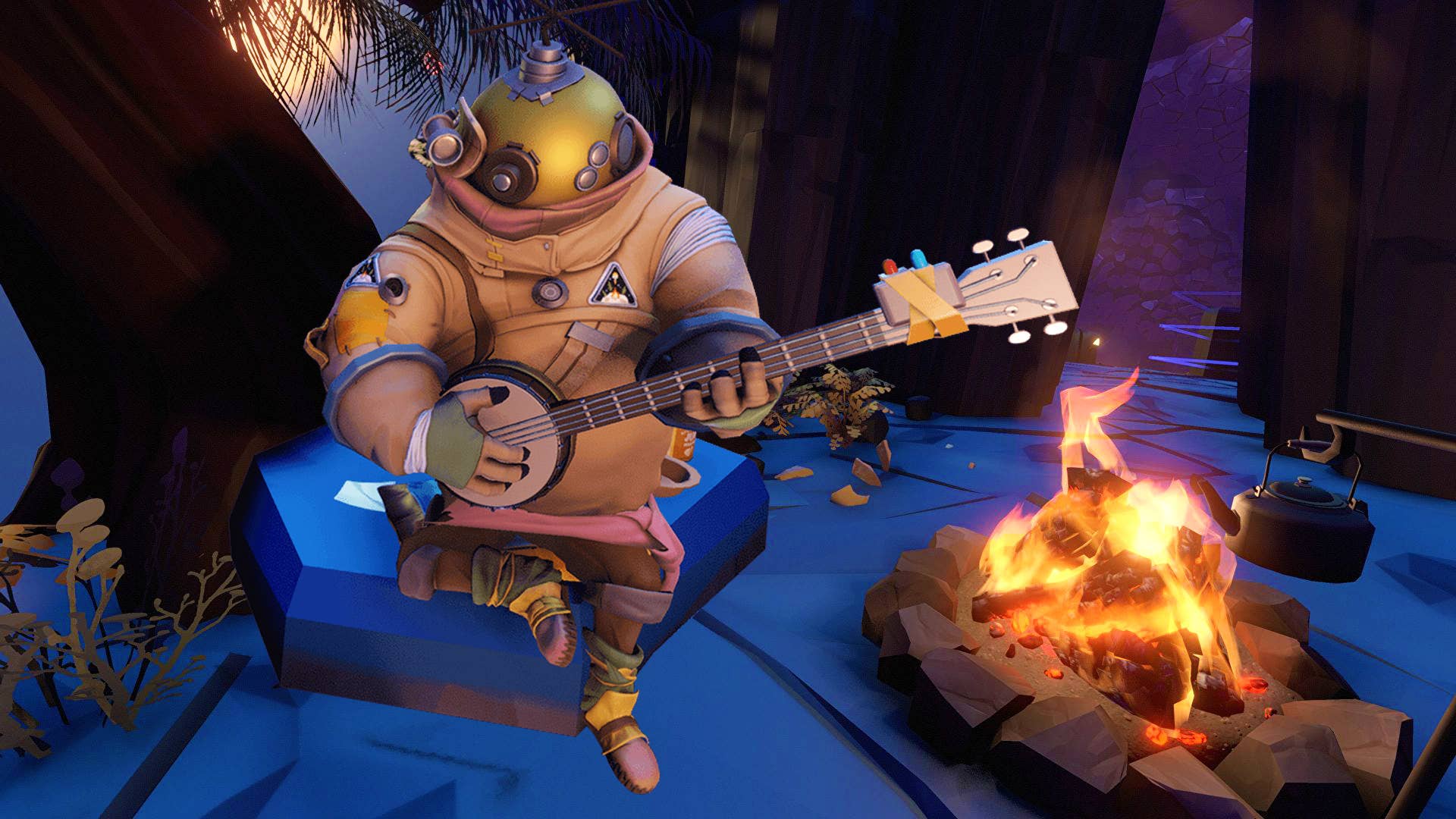
This is just a quick write-up, because it’s outside office hours, but… Mobius Digital, creators of wondrous virtual orrery and gravitational stageplay Outer Wilds, are making a new game.

